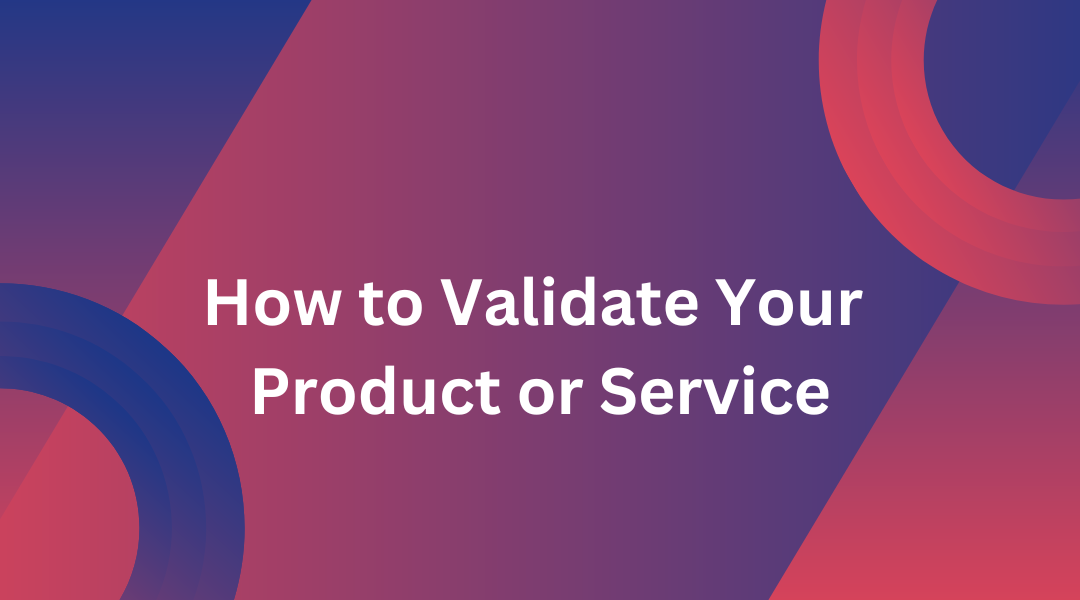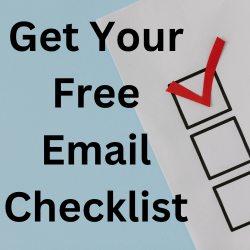Embarking on the journey of launching a new product or service is both exciting and daunting. One critical step in this process is validating your idea. Many entrepreneurs make the mistake of assuming that a great idea will automatically translate into a successful business. However, without proper validation, even the most innovative concepts can fail. Here’s how to ensure your idea is market-ready and poised for success.
Why Validation Matters
Validation is the process of confirming that your idea resonates with your target market and that there is a demand for it. Simply put, it’s the process of determining whether people will actually pay for your product or service. This step is crucial because it saves you from investing time and resources into something that might not have a market. The market will ultimately be your best teacher, giving you a clear yes or no.
The Direct Approach: Asking for the Sale
The most straightforward and effective way to validate your idea is by asking potential customers to buy it. This might seem intimidating, but it’s the only true measure of market interest. If your product or service is high-value or complex, start by asking customers to purchase a part of it or a pilot version. This initial transaction provides invaluable feedback and ensures that there is genuine interest.
There are tons of ways that you can go about validating your business idea to ensure success in business, or even entrepreneurship in general. It still comes down to the actual closing of a sale, and if you are working on a product that hasn’t been completed yet, then have people buy the presale. Make an extremely strong offer, give them some benefits, invite them into your story, and make sure they know what happens to the money they spent so there’s not surprises or questions.
Real Money, Real Validation
Many entrepreneurs fall into the trap of using proxies to gauge interest. They might count email sign-ups, social media followers, or survey responses as indicators of potential sales. While these metrics can provide some insights, they don’t equate to real customer validation. Unless someone is willing to part with their money for your product or service, it isn’t genuinely validated.
Freemium Models and Active Users
If you’re using a freemium model, where users can access basic services for free and pay for premium features, having active users is beneficial. It shows engagement and interest, which are critical for the growth of your business. However, active users only validate your idea if they eventually convert into paying customers. Otherwise, they remain a proxy and not a true measure of success. The good thing about the user base though is that you can play around with offers and product enhancements while still using the same customer base. Try using a discovery process to understand more of what your user base is saying or using and what would be needed for a conversion to a paying customer.
Overcoming Objections and Gathering Feedback
When you ask someone to buy, you’ll encounter objections, questions, and feedback. This information is invaluable as it helps you refine your product and understand the needs and concerns of your target market. Outbound sales efforts, such as calls and outreach, play a significant role in this phase. You need to actively push your product into the market and be prepared to address any objections that arise.
The Importance of an MVP
An MVP, or Minimum Viable Product, is a version of your product with just enough features to satisfy early customers. The goal of an MVP is to validate your idea as quickly and efficiently as possible. By testing a basic version of your product, you can learn what features are most important to your customers and make necessary adjustments before investing heavily in development.
Prefunding and Crowdfunding
Prefunding and crowdfunding are other ways to validate your idea. These methods allow you to gauge interest and secure funding before fully developing your product. However, even with these methods, the ultimate validation comes when customers are willing to pay for the finished product. The raises that are funded by people not in your immediate network and that are interested in the idea or produce are much more relevant than your best friend’s support here.
Rinse and Repeat
Validation is not a one-time activity. It’s an ongoing process that continues as you scale your business. By consistently asking for the sale, gathering feedback, and making improvements, you build a solid foundation for growth. Over time, with dozens, hundreds, or even thousands of paying customers, you’ll have real data, real revenue, and a validated product. Systematize the feedback and validation process to adapt your business and products as people’s needs change over time.
Conclusion
Validating your business idea is a critical step that cannot be overlooked. By directly asking potential customers to buy and being open to their feedback, you ensure that your product or service meets a real market need. Remember, proxies and assumptions can only take you so far. Real validation comes from real transactions. Focus on getting those early sales, refining your product based on customer feedback, and continually validating as you grow. This approach will set you on the path to success and help you build a sustainable, profitable business.
Book Recommendation
Check out Validating Strategies: Linking Projects and Results to Uses and Benefits. It’s important to link the services, strategies, processes, and results together into a cohesive format which results in better communication and clarity for customers.



